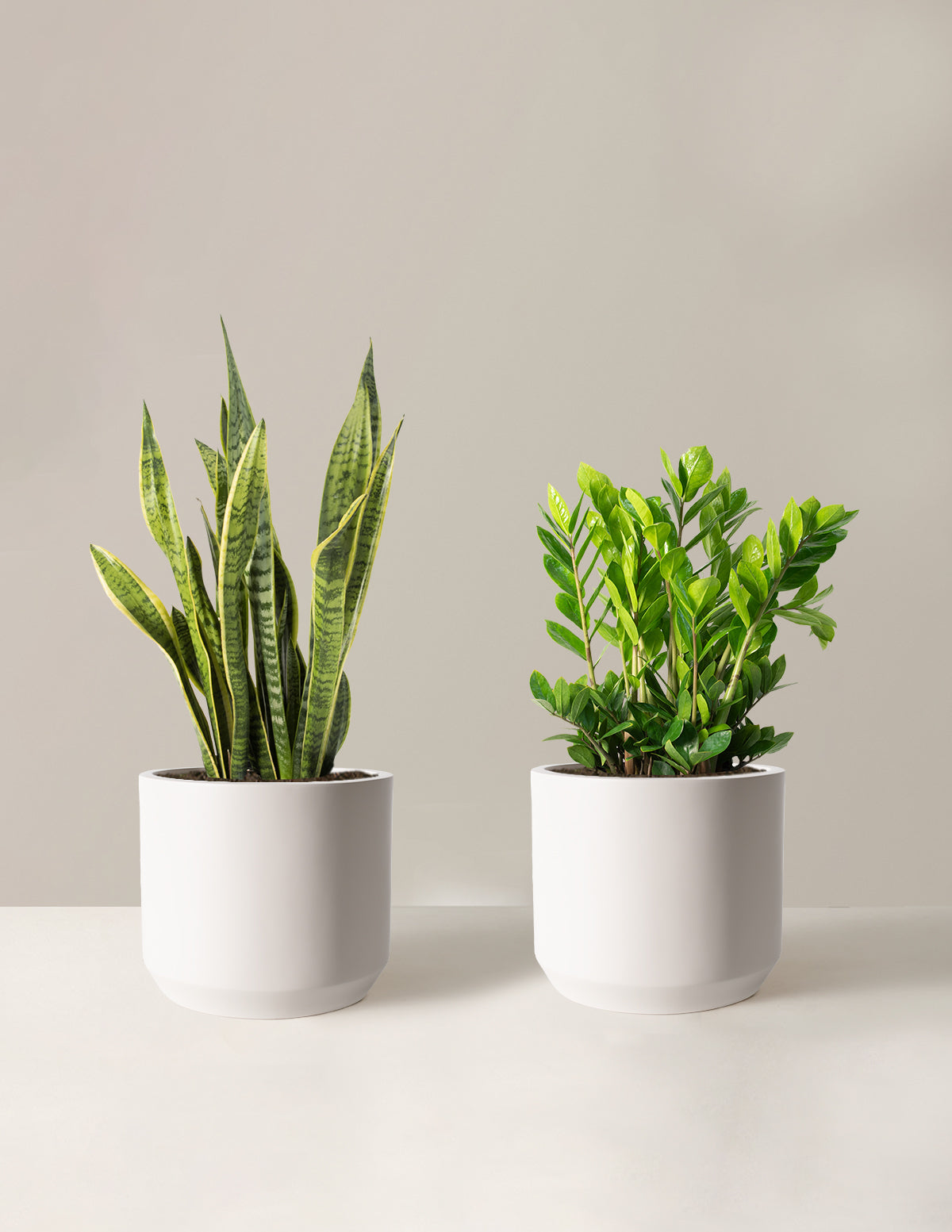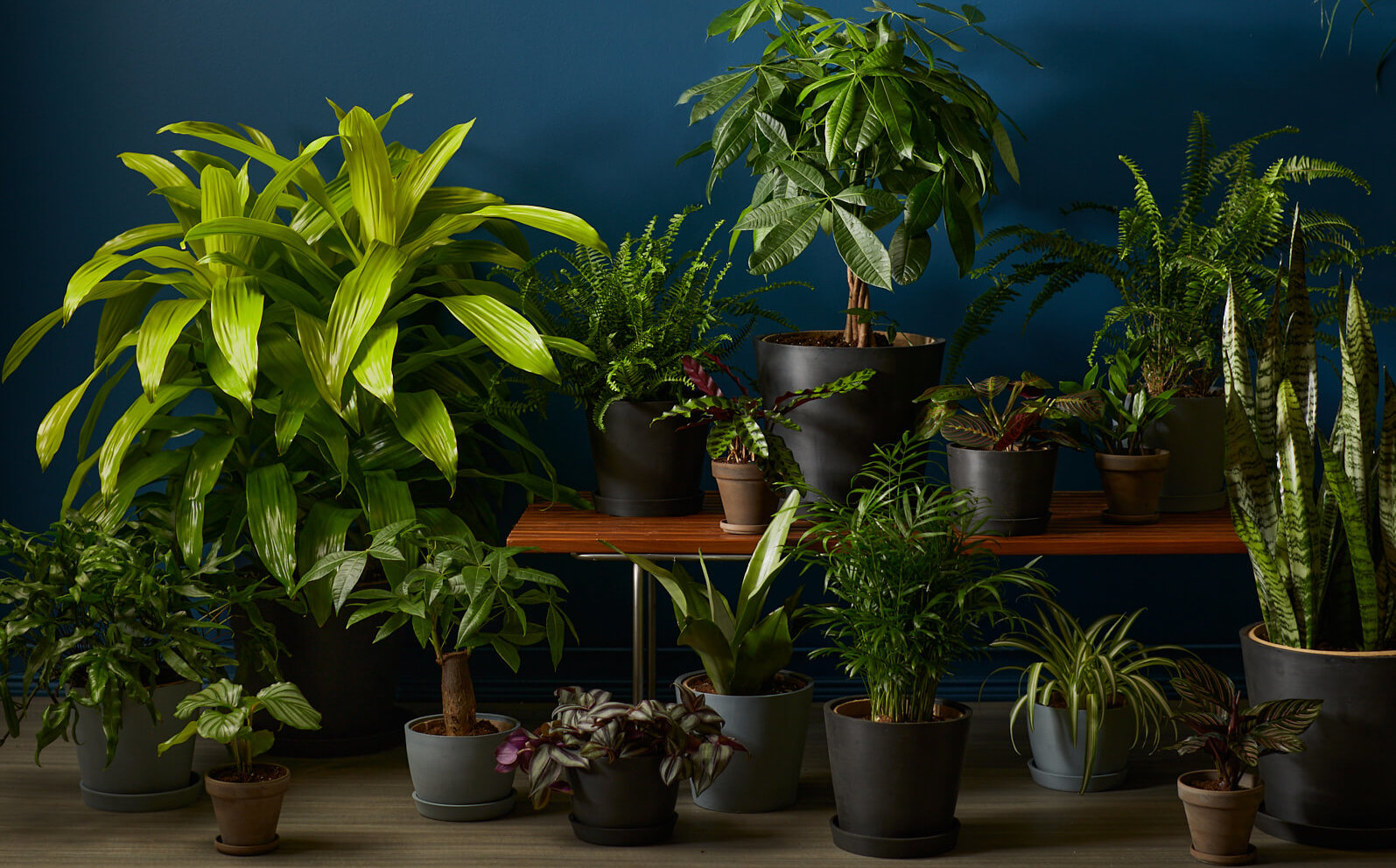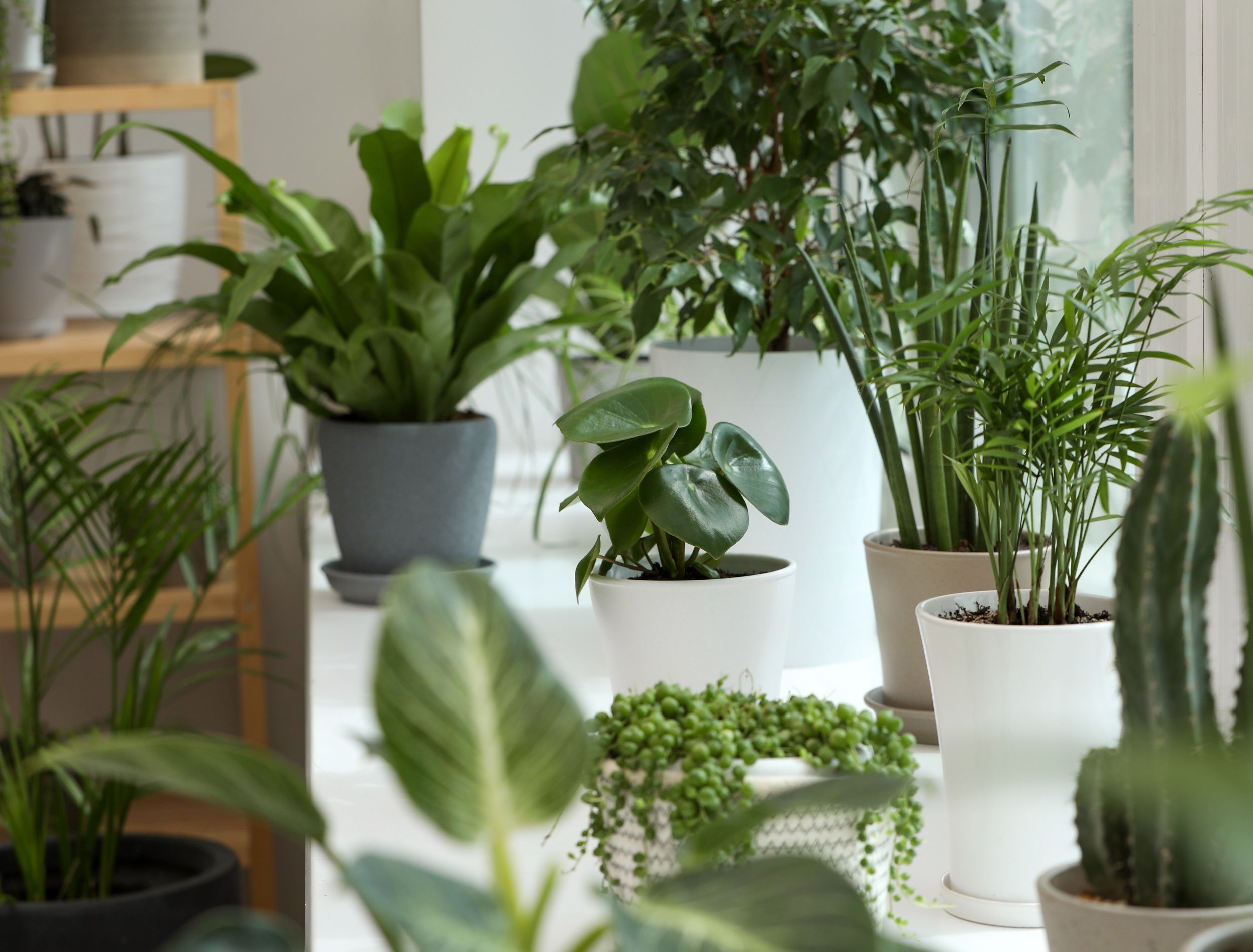Discover the Best Low-Light Indoor Plants for Your Home or Office Space
Discover the Best Low-Light Indoor Plants for Your Home or Office Space
Blog Article
Discover the Keys of Low-Light Indoor Plants and Just How They Enhance Your Setting
Low-light indoor plants have actually garnered raising attention for their distinct ability to boost both visual appeal and ecological quality within work environments and homes. These resilient types, consisting of the Snake Plant and Tranquility Lily, not just flourish in tough lights conditions however additionally play an essential function in air filtration and emotional wellness.
Advantages of Low-Light Indoor Plants
Although many individuals presume that interior plants need abundant sunshine to grow, low-light indoor plants supply a wide variety of advantages that make them suitable for various atmospheres. Among the key advantages is their adaptability; they can prosper in spaces with limited natural light, such as workplaces, basements, or spaces with tiny windows. This function allows people to boost their surroundings with greenery, adding to enhanced visual appeals without the demand for considerable lighting adjustments.
Moreover, low-light indoor plants can significantly improve interior air high quality by filtering damaging toxic substances and releasing oxygen, making living areas healthier. The visibility of plants has been connected to higher feelings of peace and emphasis.
Moreover, low-light plants often require less maintenance than their sun-loving equivalents, making them suitable for active individuals or those brand-new to gardening. Their strength allows them to grow with very little treatment, hence supplying a gratifying experience for plant lovers and newbies alike. In summary, low-light interior plants serve both practical and visual objectives, making them valuable additions to any area.
Leading Low-Light Plant Ranges
Low-light interior plants come in a range of types, each offering distinct attributes and benefits fit for dark environments. Among the most preferred ranges is the Serpent Plant (Sansevieria), recognized for its architectural fallen leaves and air-purifying capacities. This resilient plant flourishes on forget and can endure a wide variety of light conditions.
One more exceptional selection is the ZZ Plant (Zamioculcas zamiifolia), which features glossy, dark eco-friendly leaves and is highly drought-tolerant. Its versatility makes it a favored for workplaces and homes with minimal sunshine.
The Pothos (Epipremnum aureum) is likewise a top competitor, with its routing vines and heart-shaped leaves - Best low-light indoor plants. This flexible plant can be educated to climb or cascade, adding visual passion to any area

Care Tips for Low-Light Plants
Caring for low-light interior plants needs a nuanced understanding of their specific needs to make sure optimal development and vigor. Initially, it is vital to select the best potting mix, as a well-draining dirt is crucial to stop root rot. A blend developed for houseplants, commonly having peat moss and perlite, functions well for the majority of low-light ranges.
Watering is one more vital facet of care. Low-light plants usually require much less constant watering contrasted to their sun-loving counterparts. It is a good idea to inspect the top inch of dirt; if it feels completely dry, it's time to water. Overwatering can bring about difficulties such as mold and origin degeneration.
Fertilization needs to be come close to with caution. Throughout the expanding season, a diluted liquid plant food can be used monthly, yet in cold weather, numerous low-light plants go into inactivity and call for little to no fertilizing.
Last but not least, it is essential to occasionally clean the leaves to eliminate dirt, enabling much better light absorption. By sticking to these treatment suggestions, you can grow a thriving environment for your low-light indoor plants, boosting both their appearance and longevity.
Enhancing Air Quality With Plants
Interior plants play a significant role in enhancing air quality within homes and workplace. Through the process of photosynthesis, these plants absorb carbon dioxide and release oxygen, browse this site adding to a much healthier environment. In addition, particular low-light indoor plants possess the ability to filter unsafe toxins, such as trichloroethylene, benzene, and formaldehyde, which are typically discovered in interior settings.

In addition, the existence of interior plants can enhance moisture levels, which aids alleviate completely dry skin and respiratory concerns, better improving total wellness. This capability to boost air high quality not just advertises physical health however also supports mental wellness.
Including low-light indoor plants right into your living and working rooms can cause a much more dynamic and stimulating environment (Best low-light indoor plants). Spending in these all-natural air cleansers is a straightforward yet efficient method for boosting interior air top quality and fostering a much healthier way of life
Producing a Serene Indoor Room
The integration of plants into living areas not just improves air top quality however additionally adds to a serene ambience. Low-light indoor plants, such as snake plants and pothos, are especially reliable in developing a serene setting, as they grow in conditions that might or else be unwelcoming for various other plant. Their lush vegetation gives a calming visual, lowering stress and anxiety and advertising leisure.
Integrating these plants right into your home or workplace can evoke a sense of peace and well-being. Tactically putting them in areas where you spend considerable time, such as living work areas or spaces, enables an immersive experience with nature, which has been shown to boost mood and cognitive function.
Additionally, the gentle movement of fallen leaves in reaction to air movement can produce a dynamic aesthetic aspect that boosts the overall setting. Consider making use of a variety of plant elevations and textures to include depth and rate of interest to your space. With thoughtful positioning and care, low-light interior plants can change any type of area right into a peaceful refuge, promoting not only visual contentment but mental and likewise emotional health.

Conclusion
Incorporating low-light interior plants right into different atmospheres yields substantial advantages, including boosted air quality and improved aesthetic charm. These durable types not just flourish in check that minimal light however additionally add to a soothing ambience, advertising emotional and psychological health. By choosing appropriate varieties and applying proper care methods, individuals can efficiently cultivate a tranquil interior room that promotes wellness and performance. The transformative power of low-light plants underscores their value in improving both domestic and job-related settings.
Although lots of people think that indoor plants need abundant sunshine to prosper, low-light indoor plants use a multitude of benefits that make them optimal for various settings.Moreover, low-light interior plants can substantially enhance interior air high quality by launching and filtering harmful toxic substances oxygen, making living rooms healthier. Additionally, particular low-light indoor plants have the ability to filter damaging contaminants, such as trichloroethylene, benzene, and formaldehyde, which are frequently located in indoor atmospheres.
Low-light interior plants, such you could try these out as snake plants and pothos, are especially reliable in developing a peaceful atmosphere, as they grow in conditions that may otherwise be inhospitable for various other greenery.Incorporating low-light interior plants into different settings returns substantial advantages, including enhanced air quality and boosted visual appeal.
Report this page